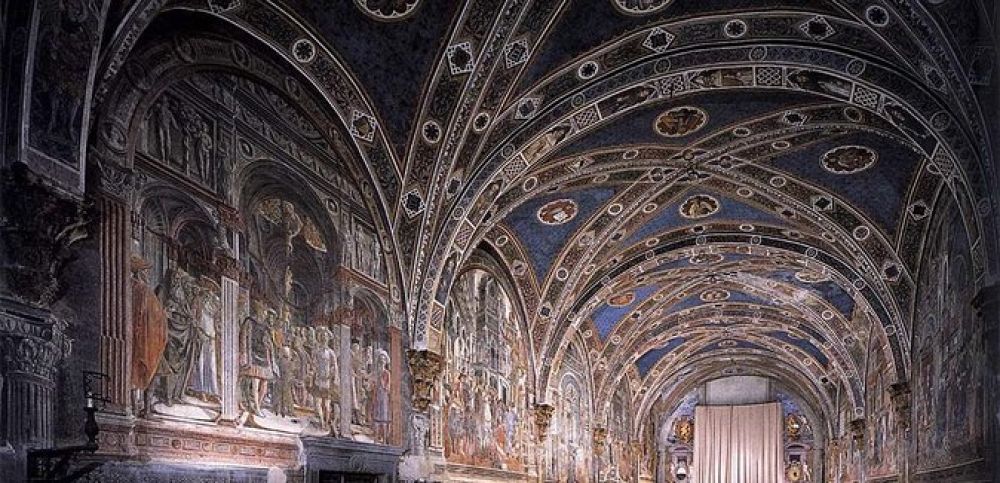

The Santa Maria della Scala Museum Complex in Siena, Italy, is an extensive exhibition space that spans centuries of history, art, and culture. Its roots can be traced back to one of Europe's oldest hospitals, established to provide care for the poor, pilgrims, and abandoned children. The hospital, founded by the priest of the nearby cathedral around the 11th century, was named after the adjacent steps (della Scala in Italian) of the Siena Cathedral.
Tourism at Santa Maria della Scala has evolved significantly over the centuries. Initially, as a pilgrim's hospice on the Via Francigena, the main route connecting Northern Europe to Rome, Santa Maria della Scala was a hub for travelers and those seeking aid.
With the decline of pilgrimages and the advent of modern medicine, the hospital's role diminished. However, the profound historical and cultural significance of the site, along with its treasure trove of art and artifacts, led to its rebirth as a museum complex. This transformation allowed it to become a major cultural attraction, drawing tourists interested in medieval European history, art, and architecture.
Recently, tourism at Santa Maria della Scala has been influenced by the growing interest in authentic cultural experiences and educational travel. Visitors often partake in guided tours that allow for a deeper understanding of the complex's past functions and accomplishments. Moreover, the evolution of digital technology and social media has enabled virtual experiences, with interactive tours and online showcases helping to attract a broader audience.
Sustainable tourism is also a trend that affects sites like Santa Maria della Scala. There is an increased emphasis on preserving the integrity and authenticity of such historic places, ensuring that tourism does not hinder the conservation efforts but instead contributes positively to the site's upkeep and promotion.
Furthermore, specially curated exhibitions, events, and workshops are now common trends in engaging tourists. These often highlight specific aspects of the complex's history or showcase contemporary art installations that create a dialogue with the historic environment.
The Santa Maria della Scala Museum Complex is open year-round, but opening hours may vary depending on the season and exhibition schedules. It is recommended to check the official website for up-to-date information prior to visiting.
The museum provides an insightful exploration into medieval life, housing numerous masterpieces of Sienese art, including frescoes, sculptures, and artifacts. Within its walls, visitors will find dedicated areas such as the Pilgrim's Hall, the Archaeological Museum, and the Children's Art Museum, each telling a unique aspect of the complex's rich history.
Tickets can be purchased on-site, and there are options for combined tickets with other museums in Siena, which offers an excellent opportunity to explore more of the city's cultural heritage. Some parts of the museum may be less accessible, so it's advisable for those with mobility issues to inquire ahead about accessible routes.
Due to the complex's significance and the wealth of art and history it contains, visitors often benefit from the insights provided by a guided tour. Audio guides or professional tour guides can be arranged to enhance the experience. Special events and temporary exhibitions are periodically hosted here, so visitors are encouraged to look for these unique opportunities when planning a trip.
Santa Maria della Scala Museum Complex stands as a testament to Siena's illustrious past and continues to be an essential part of its cultural landscape. With its roots stretching back to the lifeblood of medieval European routes, it remains a focal point of interest for visitors worldwide, showcasing the interplay between heritage conservation and modern tourism.